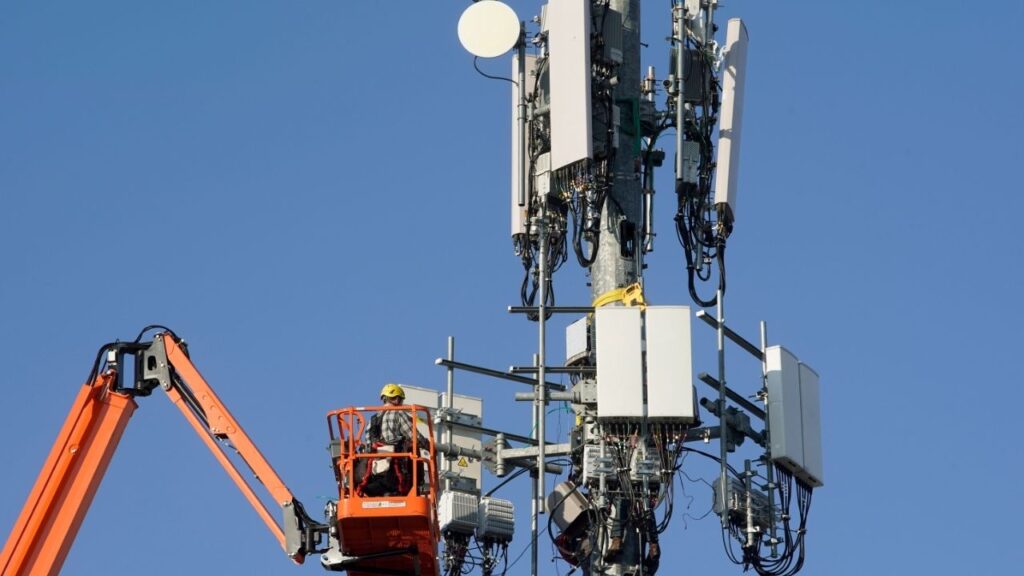Share
With rising inflation, we’re paying a lot more these days for food, clothes, school supplies for our kids, and the impulse buys we make at our favorite online shopping sites.
We’re also paying a lot more these days for electricity. The average California household pays $1450 for electricity every day, according to a new study from the nonpartisan Pacific Research Institute.
Valley Families Pay More for Electricity
Central Valley families pay even more for electricity, primarily because we use more power than coastal communities to heat our homes in the cold winters and cool us down from summer’s sweltering heat. Fresno County households pay $1,894 on average for electricity each year, while Madera households by $1,958 and Tulare households pay $1,749. This is the last thing Valley families need at a time when Fresno’s unemployment rate at 7.0 percent is two full points higher than the statewide average.

Opinion
Wayne Winegarden
We’re also paying much more compared to the rest of the country despite using less electricity. Californians paid 56 percent more for electricity than the U.S. average in 2020 – but consume 34 percent less power per household.
Unfortunately, these higher prices are self-inflicted policy wounds. Central Valley households and all Californians are paying more for electricity because of bad policy choices made by Sacramento politicians.
Over the years, state government-imposed energy mandates including the expensive and unrealistic 100 percent renewable energy mandates have driven up consumer electricity costs. Add to that taxpayer-funded electric car subsidies that are really giveaways to the wealthy and it’s no surprise that we’re paying record high prices versus the national average.
Policymakers Need to Prioritize Energy Affordability
But it doesn’t have to be this way. If state policymakers adopted energy policies that prioritized energy affordability over energy poverty, it could be a win-win situation.
Central Valley families would save big if the state’s energy policies were more in line with the rest of the country. If Californians instead paid U.S. average electricity rates, Fresno County households would save $713.12, Madera households would save $736.97 and Merced County households would save $711.99.
At the same time, California could continue to make progress in achieving its emission reduction goals.
As has been shown in other states, there are market-based cleaner energy alternatives that Californians could choose to pay less for electricity while addressing global warming. Unfortunately, state government’s policy mandates restrict these alternatives from growing as energy sources in California – and we’re left paying higher prices.
Natural Gas and Nuclear Power Options
One alternative choice is increasing the use of natural gas, which according to the federal Energy Information Agency has played a pivotal role in reducing U.S. greenhouse gas emissions since the mid-2000’s. If California were to allow more fracking in the state, we could take advantage of the more affordable and reliable low-emission energy source – progress that other states without big government energy mandates are realizing today.
Another alternative energy source that should be expanded is nuclear energy. California is currently taking steps to power down its last major nuclear power plan later in a few years. But nuclear power produces virtually emission-free power and in a very safe way. As we’ve seen in Europe, nuclear power can generate affordable, reliable, and “green” electricity and should make up a larger part of the state’s energy mix.
If Gov. Newsom and state leaders really want to do something to help struggling Californians make ends meet in these tough economic times, reforming state government energy mandates to give working families more affordable choices is a good place to start.
About the Author:
Wayne Winegarden, Ph.D., is author of the new study “Zapped!” and is a senior fellow in business and economics at the Pacific Research Institute. Download a copy of the study at www.pacificresearch.org.




















